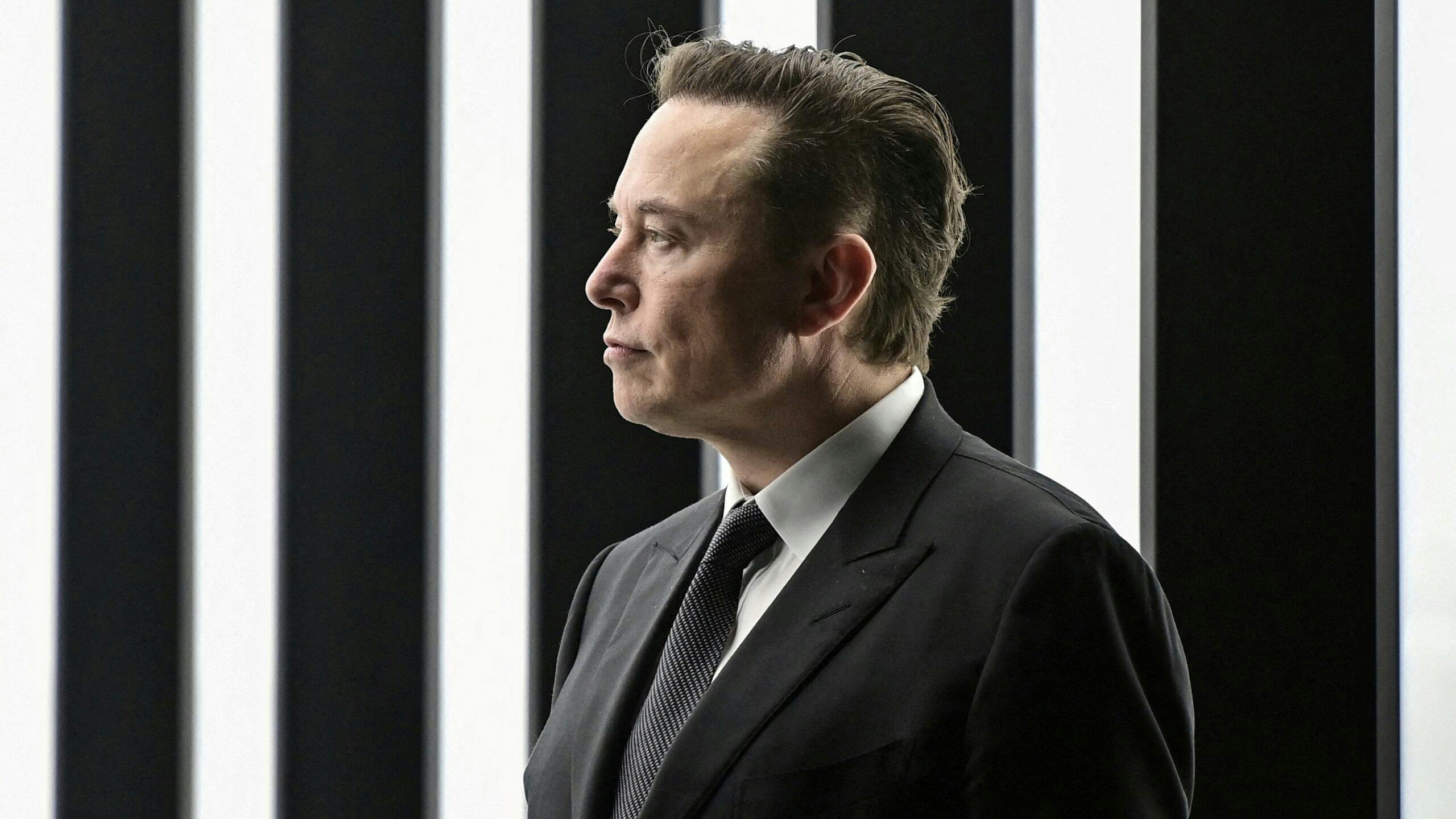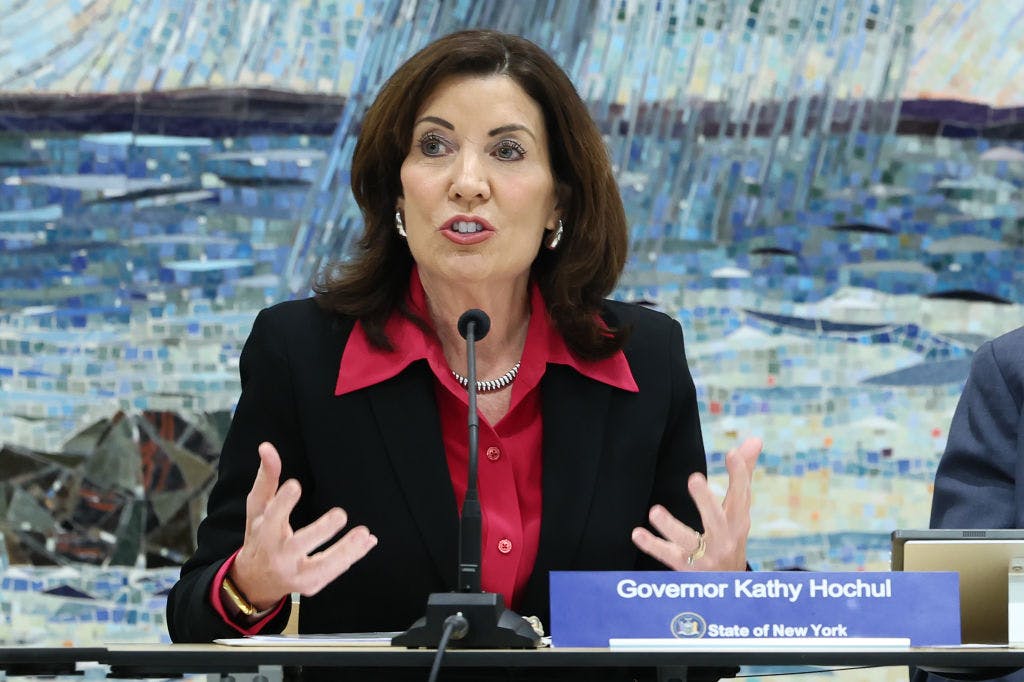
www.dailywire.com
Trump Says He’s ‘Totally In Favor’ Of Revoking ABC, NBC Broadcast Licenses
President Donald Trump raged against ABC and NBC on Sunday night, calling them “the most biased networks in history,” adding that he was “totally in favor” of revoking their broadcast licenses.
Trump ripped the national broadcasting companies in multiple posts on Truth Social, suggesting that the Federal Communications Commission should terminate transmission permits with ABC’s and NBC’s local affiliates.
“Despite a very high popularity and, according to many, among the greatest 8 months in Presidential History, ABC & NBC FAKE NEWS, two of the worst and most biased networks in history, give me 97% BAD STORIES. IF THAT IS THE CASE, THEY ARE SIMPLY AN ARM OF THE DEMOCRAT PARTY AND SHOULD, ACCORDING TO MANY, HAVE THEIR LICENSES REVOKED BY THE FCC,” Trump wrote. “I would be totally in favor of that because they are so biased and untruthful, an actual threat to our Democracy!!!”
While ABC and NBC don’t have to be licensed by or pay fees to the FCC, each local ABC and NBC affiliate station must obtain licenses and pay regulatory fees, according to Fox News. Trump questioned this arrangement in a follow-up post, writing, “Why is it that ABC and NBC FAKE NEWS, two of the absolute worst and most biased networks anywhere in the World, aren’t paying Millions of Dollars a year in LICENSE FEES[?]”
“They should lose their Licenses for their unfair coverage of Republicans and/or Conservatives, but at a minimum, they should pay up BIG for having the privilege of using the most valuable airwaves anywhere at anytime!!!” Trump added. “Crooked ‘journalism’ should not be rewarded, it should be terminated!!!”
End of Summer Sale – Get 40% off New DailyWire+ Annual Memberships
In April, the Media Research Center found that the evening newscasts from ABC, NBC, and CBS gave the president 92% negative coverage. The national network coverage of Trump was more negative in the first few months of his second term than during the beginning of his first term in 2017, according to the Media Research Center.
Trump also recently settled a lawsuit for $16 million with CBS over its editing of a Kamala Harris “60 Minutes” interview just before the 2024 election. Trump argued that CBS engaged in election interference when it made one of Harris’s answers sound more coherent.
Brendan Carr, the head of the FCC, told CNBC in December that the independent government agency could “take a fresh look” at TV networks to see if they are operating in the “public interest.”
“You look on the media side, I think there’s no question that trust in media is at an all-time low. … And so I think there’s a lot that needs to take place to restore trust and confidence in media. And there’s a role for the FCC, at least on the broadcast side, for instance. They have to operate in the public interest. And I think it’s probably appropriate for the FCC to take a fresh look at what that requirement looks like.”
Asked if that means he was open to revoking licenses for networks over their “perceived liberal bias,” Carr replied, “Well, look, the law is very clear. The Communications Act says you have to operate in the public interest. And if you don’t, yes, one of the consequences is potentially losing your license. And of course, that’s on the table.”
“You’ve got the national networks, for instance, ABC, NBC, CBS,” Carr said. “They provide a lot of the content that the actual licensed local broadcasts disseminate. And so we need to look at empowering those local broadcasters to serve their local communities, even if that’s in conflict with the interests of those national networks.”












